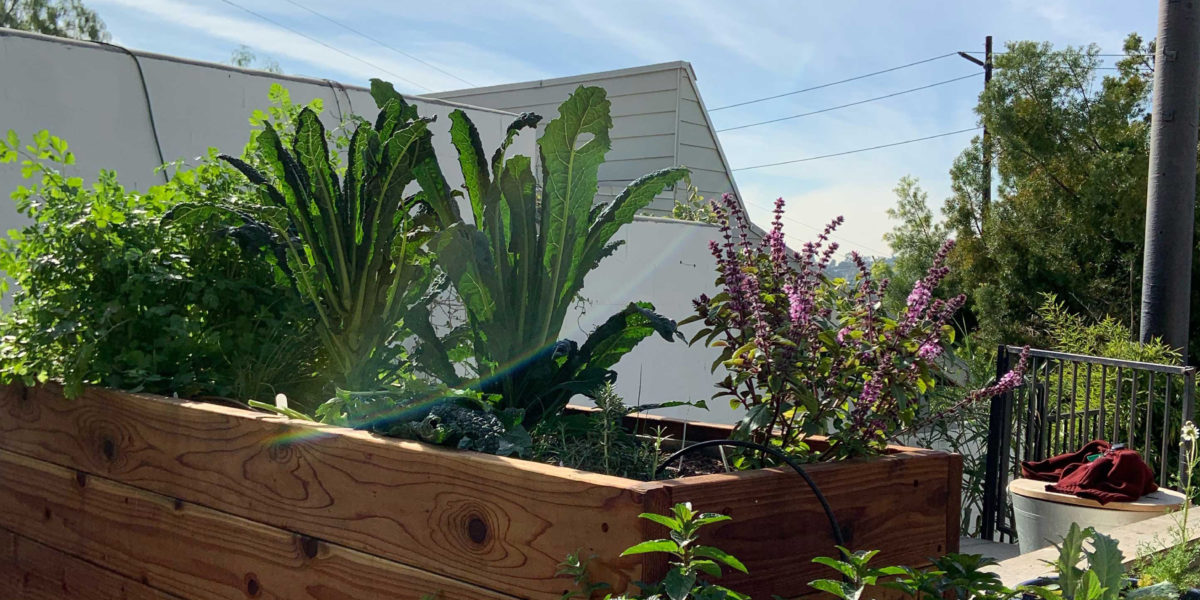The 7-Minute Rule for City Blooming
The 7-Minute Rule for City Blooming
Blog Article
Facts About City Blooming Revealed
Table of ContentsThe Ultimate Guide To City BloomingHow City Blooming can Save You Time, Stress, and Money.Unknown Facts About City BloomingHow City Blooming can Save You Time, Stress, and Money.How City Blooming can Save You Time, Stress, and Money.
Interested in expanding food up for sale in the City of Chicago? Believing concerning beginning a community garden? Modifications to the Chicago Zoning Statute enable farming usages like neighborhood yards and urban ranches in many parts of the city. Below is a checklist of frequently asked concerns pertaining to the policies and policies that farmers must think about when preparing a city farming project.
The zoning change does not change any kind of other codes taking care of composting, building authorizations, buying or renting City had home, organization licenses or ecological contamination. There are existing codes that manage these issues and they continue to be in complete impact and may be suitable to your task. Neighborhood yards are typically had or managed by public entities, public organizations or community-based companies and preserved by volunteers.
Urban ranches grow food that is intended to be sold, either on a nonprofit or for-profit basis. As a result of their business purpose, city ranches need a service permit. Yes. A neighborhood garden is permitted to offer excess produce that was grown on website if the sales are accessory or secondary to the garden's main purpose described over.
The Single Strategy To Use For City Blooming
The quantity of compost material can not go beyond 25 cubic lawns at any kind of offered time according to the requirements in 7-28-715 of the City's Municipal Code. Because the dirt at many brand-new garden websites needs modifying, garden compost, dirt, timber chips, or various other products can be obtained to create or enhance the growing area.

If a building permit is needed then the hoophouse will certainly be taken into consideration an accessory building. You can learn even more about the structure authorization demands by getting in touch with the Department of Structures. The 25,000-square-foot size limitation is meant to stop a single area yard from controling a given block or diminishing the block's existing property or industrial character.
The limit does not use to yards found in Public Open Room (POS) districts. Can there be greater than one community garden that is 25,000 square feet important link on a single block? Yes. The dimension limit uses to individual yards, not to private blocks. No. Secure fencing is not needed, nevertheless, yards that have large parking lot may be called for to set up secure fencing or other landscape design features.
The Basic Principles Of City Blooming
B1 & B2 areas call for that all commercial usage activities be conducted indoors. Is secure fencing needed for metropolitan farms? Fencings may be needed, along with landscape design and screening, for certain auto parking locations and outside work or storage locations depending on area and the certain task taking location.
Urban ranches need structure licenses and zoning approvals prior to construction (City gardening). Various other forms of city review may be required depending on details structures, tasks, size, landscape design, licensing, public health and stormwater monitoring problems.
Yes. The kind of certificate is established by what is taking place at the site. The Department of Service Affairs and Customer Security can aid figure out the particular kind of organization permit that's called for. Yes. Off street parking is needed for many commercial projects in Chicago. The needed variety of auto parking spaces is based on the variety of staff members dealing with site and not the square video footage of the growing room.
Not known Incorrect Statements About City Blooming

Yes. An urban farm can market garden compost material produced on site, nonetheless, the operation should adhere to the regulations in 7-28-715 of the Chicago Municipal Code. Yes. Aquaponic systems are allowed inside your home on city farms in numerous zoning areas. However, a zoning review and structure permit is called for in order to install structures or systems and a service certificate is called for as described above.
As much as five hives or colonies of honey bees might be maintained as an accessory usage. Beekeepers should sign up with the Illinois Department of Agriculture. For more details about the recommended zoning change you may contact the Division of Real Estate and Economic Development, Bureau of Preparation and Zoning at 312.744.8563.
, which takes area in country locations at the side of suburban areas.
City Blooming Fundamentals Explained
It can entail a movement of organic farmers, "foodies" and "locavores", who look for to develop socials media established on a common principles of nature and neighborhood holism. These networks can develop using formal institutional assistance, ending up being integrated right into local community planning as a "change town" activity for sustainable city development.
The more straight accessibility to fresh vegetable, fruit, and meat items that might be become aware with metropolitan farming can boost food security and food safety while reducing food miles, resulting in lower greenhouse gas discharges, thus adding to climate change mitigation. Several of the initial evidence of urban agriculture comes from Mesopotamia.
Report this page